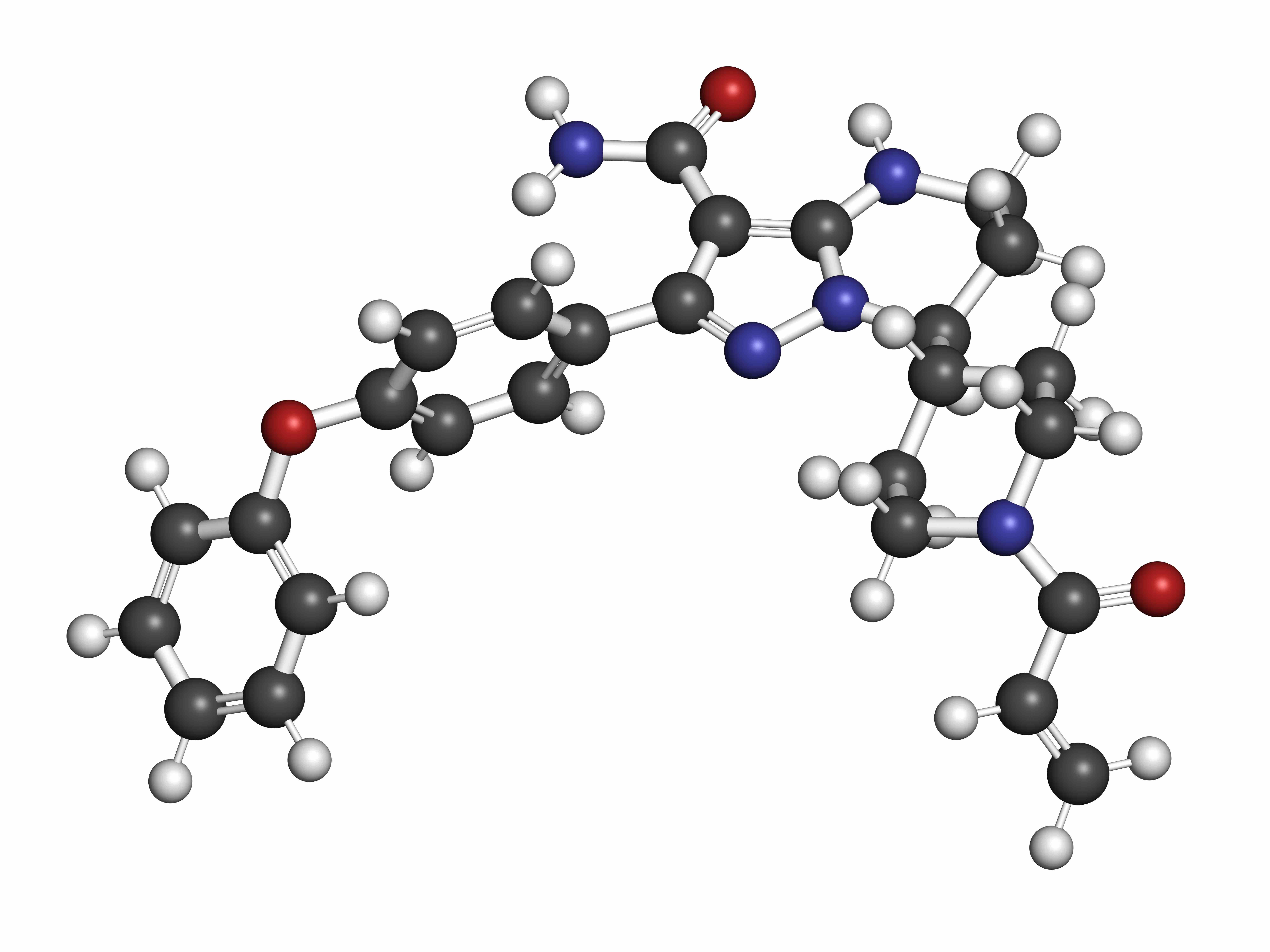Article
ALL Survival Gap Persists Between Black, White Children
Author(s):
Despite outcome improvements for acute lymphoblastic leukemia (ALL), mortality rates remain high, with significant survival disparities seen between Black and White children.
Five-year survival data show that despite outcome improvements for acute lymphoblastic leukemia (ALL), mortality rates remain high, with significant survival disparities seen between Black and White children, detail study findings published in Cureus.
ALL is the most common childhood cancer—with survival rates that exceed 90%.
“Whether race/ethnicity affects the survival rate of ALL and by how much has been the topic of the question with mixed results among different studies and clinical centers,” they said. “Our study explored the survival rate differences between Black and White children diagnosed with ALL to make steps towards providing equal and unbiased care for every child diagnosed.”
The authors conducted a retrospective analysis on 17,663 cases of ALL seen among 1425 Black and 16,238 White children between 1975 and 2016, using data from the Surveillance, Epidemiology, and End Results (SEER) Program database on children aged 0 to 19 years. They used adjusted and unadjusted multivariate Cox regression analysis to delineate a possible link between race and 5-year survival, dividing their study population into 4 age groups (1-4, 5-9, 10-14, 15-19 years) and 4 time periods (1975-1984, 1985-1994, 1995-2004, 2005-2016).
Overall data demonstrate a greater prevalence of 5-year survival in the White children compared with the Black children (P < .001), for the unadjusted and adjusted analyses. This conclusion can be seen in the following results:
- Black children had a 52% greater unadjusted risk of death (HR, 1.52; 95% CI, 1.34-1.73; P < .001)
- Adjusting for age at/year of diagnosis, sex, and histology were linked to a 45% higher risk of death in Black children (HR, 1.45; 95% CI, 1.28-1.66; P < .001)
- Stratifying by decade of diagnosis, showed a persistently higher mortality among the Black children:
- 1975-1984 had an HR of 1.7 (95% CI, 1.3-2.2; P < .001)
- 1985-1994 had an HR of 1.9 (95% CI, 1.4-2.5; P < .001)
- 1995-2004 had an HR of 1.4 (95% CI, 1.1-1.7; P = .017)
- 2005-2016 had an HR of 1.3 (95% CI, 1.0-1.6; P = .033)
There were close to equal sex rates between the groups (Black: 56.4% male, 43.7% female; White: 56.6% male, 43.4% female), but more Black children aged 1 to 4 years (47.7% vs 41.5%; P < .001). White children, however, had more instances of B-cell leukemia, with 95.1% compared with 89.7% seen among Black children (P < .001).
Additional analyses produced these results:
- Female children were more likely to survive than male children
- Children aged 1 to 9 years had lower mortality vs the other age groups
- All age groups had a lower risk of death vs children younger than 1 year
- Children with disease diagnosed between 1995 and 2016 vs 1975 to 1994 were more likely to survive
- Disease diagnosed between 1995 and 2016 had a significantly lower risk of death vs previous decades
- Adjusting for histology showed B-cell disease to have a higher risk of death vs T-cell disease (HR, 1.22; 95% CI, 1.01-1.48; P < .05)
“Our study supported that there continues to be a significant difference in the five-year survival rate between Black and White children diagnosed with ALL,” the authors concluded. “Additionally, the rate at which children die is significantly higher in Black children. Sex, age, and year of diagnosis are important confounding variables, but even when controlled for, did not eliminate the difference in survival rates.”
Possible limitations on their findings may have come from the lack of SEER data on socioeconomic status, health care access, genetic risk factors, comorbidities, disease-specific treatment, and relapse. In addition, they were unable to account for cancer grade, having focused on ALL.
The authors recommend that future studies control for more confounders, as well as continue to investigate the contribution of access, or lack thereof, to health care by building on prior research. For this, they highlight St. Jude Children’s Research Hospital and a study that showed comparable survival rates—no matter the cancer type—between Black and White children specifically treated at the institution, which provides care regardless of ability to pay.
Reference
Bryant C, Mayhew M, Fleites J, Lozano J, Saunders JM. Comparison of five-year survival rate between Black and White children with acute lymphoblastic leukemia. Cureus. Published online November 30, 2020. doi:10.7759/cureus.11797




